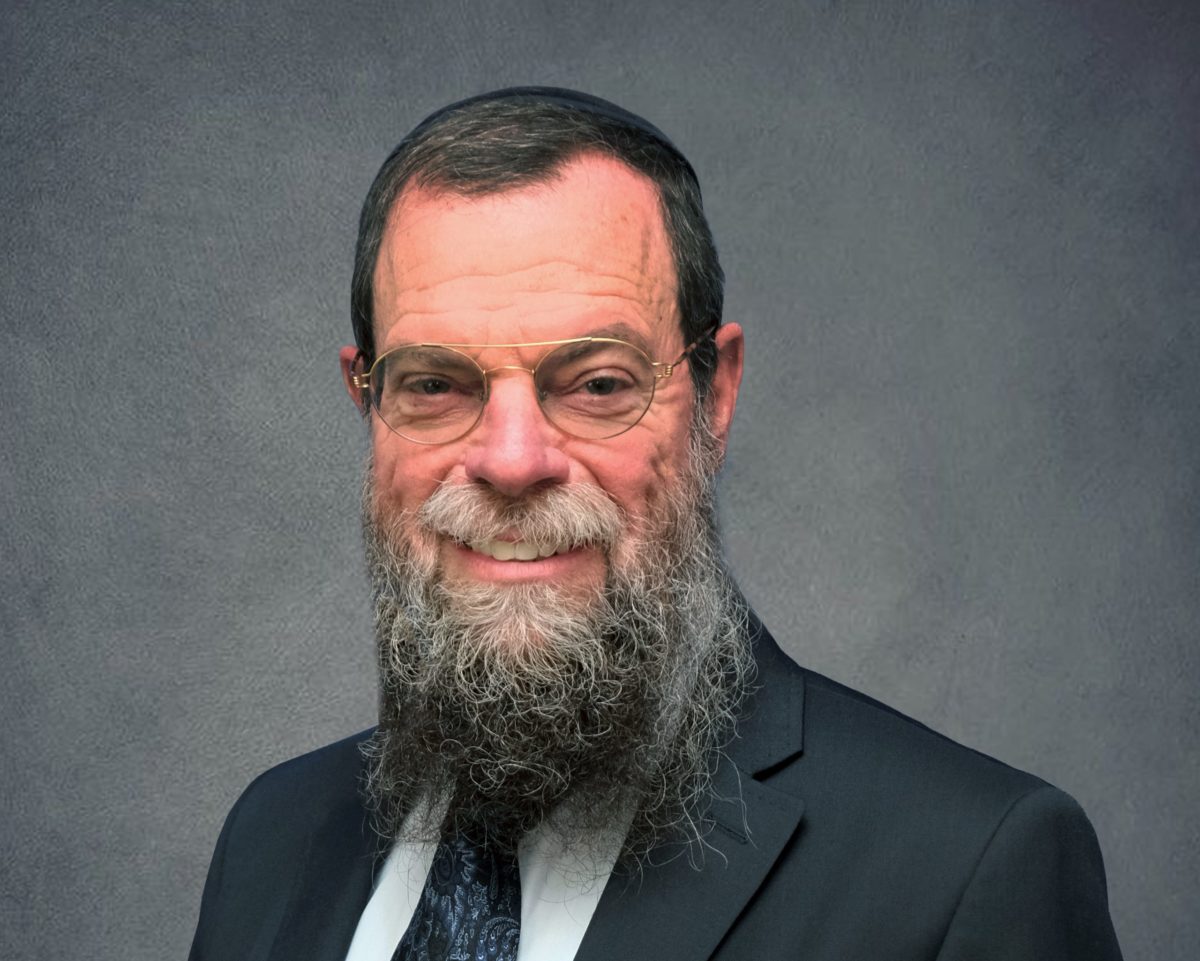click to dowload our latest edition
CLICK HERE TO SUBSCRIBE TO OUR NEWSLETTER


Published
2 years agoon
“Everything in life is luck,” Donald Trump is reputed to have once said with uncharacteristic humility.
And for a change, the great rabbis of Talmudic times agreed. “Everything depends on luck (mazel),” they said, “even the Torah scroll in the Holy Ark.” And it’s absolutely true – some Sifrei Torah get lucky and are used regularly. Others, for reasons unknown even to the shammas of the shul, get relegated to the back of the Aron Kodesh, and are rarely used, if ever. Some people have more mazel than others and, yes, even some Torahs enjoy more mazel than their neighbours.
And so, it would appear, is the case with our Jewish holidays. All our festivals evoke anticipation, excitement, and splendour. Rosh Hashanah, Yom Kippur, Pesach, and Sukkot all come wrapped in festive symbols that fire our imaginations. The shofar, the sacred fast, the little huts we build, and the lulav and etrog we buy, matzah, maror, and the whole seder experience – they all constitute so much of the imagery we have deep inside our childhood memories. Nor are Chanukah and Purim short on symbols – kindling menorahs, latkes, masks, and hamantashen are only some of many. It’s these vivid symbols that stimulate our eager anticipation of beautiful and meaningful holiday celebrations today.
But what about Shavuot? Doesn’t it seem somewhat orphaned and bereft of imagery? Shavuot is one of the three pilgrim festivals, right up there with Pesach and Sukkot. Yet, it doesn’t command our attention or observance nearly as much as the other two. In fact, it once happened that I was walking to shul on Shavuot morning, and a congregant stopped to offer me a lift! He simply had no idea that that it was yom tov!
Where is there a strong symbol for Shavuot? What prominent image do we hold aloft to represent the season of the giving of the Torah? Yes, there are the ten commandments, but they are studied and observed all year long too. Why do all the other festivals seem to have specific signs, vivid emblems, or icons to capture our attention and Shavuot doesn’t?
The 19th century German rabbi and thinker, Samson Raphael Hirsch, suggests that for something as special as Shavuot, the holiday which represents the giving of the Torah, in other words the very foundation of Judaism, a mere symbol would be utterly inadequate. What are Jews without Torah? What is Judaism without Torah? To reduce Torah to a symbol is to violate its sanctity. The only way to represent Torah is to live by it. Torah is measured by substance not by symbols. Can Torah be contained or encapsulated in a mere logo or emblem?
In the language of the Chassidic masters, the Torah is higher than mere symbolism; it’s beyond depiction or embodiment. It’s not only wisdom or law. The giving of the Torah wasn’t merely an event or a historical experience. Torah is the very essence of everything.
So, when we need to remember the exodus or the miraculous protective cover G-d provided us in the wilderness, we do things to keep that memory alive and to help us relive those experiences. But Torah isn’t limited to memories. Remembering Sinai, the ten commandments, and the thunder and lightning, isn’t good enough. The only way we can plug into Torah is by living it. There are no shortcuts. We need to study Torah, learn its ways, and live by it.
That’s why the great Torah teachers through the centuries haven’t necessarily been outwardly charismatic, at least not in the popular sense. Nor have they needed to be tall, handsome, larger-than-life personalities. Some of our greatest spiritual leaders have been small in size but giants in stature. They were humble, unassuming, and pious. It wasn’t their powerful baritones or striking features which attracted the people, but their nobility of character that commanded respect. Sure, their deep wisdom was an outstanding quality but, more importantly, it was their flawless behaviour that made them stand out. Those who were academically brilliant at Talmud but whose conduct didn’t match their scholarship didn’t become the Torah leaders of their generation. The truly great ones who stood out were those who became “Torah personalities”, who lived by Torah, whose every breathing moment was permeated with a Torah lifestyle. The genuine Torah leaders of history weren’t seeking fame or fortune. They hired no publicists to mount public-relations campaigns. They would have had no use for social media had it been around then. They were men of truth and, intuitively, the people flocked to them.
The same holds true to this day, because Torah is truth, and truth must be lived truthfully and consistently, otherwise it’s a lie.
So, Shavuot has no dominant symbol. Torah is too powerful, too awesome, and too sacred to be slickly packaged or labelled with a logo. Torah is truth. And truth cannot be marketed. It can only be lived.
